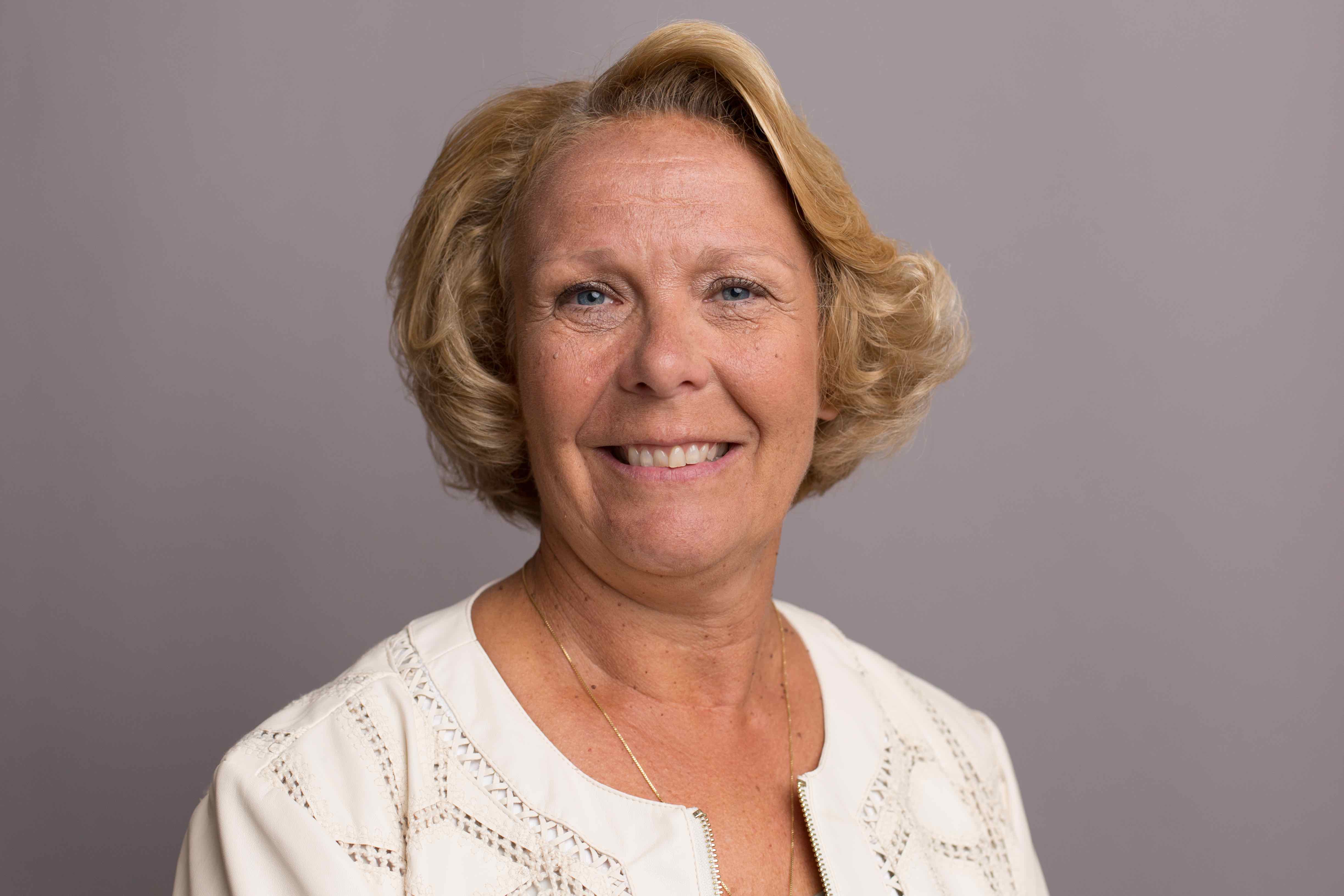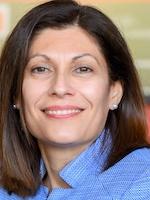






This session is intended to provide participants with technology-infusion curriculum design strategies that are context-specific. Our findings are explored in depth in our forthcoming special issue article in Contemporary Issues in Technology and Teacher Education, “Curriculum Design for Technology Infusion Requires a Continuous Collaborative Process.”
Preparing teacher candidates to effectively utilize digital technologies to support learning should be a central goal of teacher preparation programs. However, infusing technology into teacher education can be challenging because of the rapid pace of technological change as well as the importance of connecting technology to multiple content areas (TPACK), suggesting the technology curriculum should span multiple courses, instructors, and field experiences.
Because of the need to address technology standards and competencies throughout the teacher education curriculum, care must be taken to ensure the resulting program illustrates coherence. Teacher preparation programs that illustrate coherence—that present “coherent visions of teaching and learning and that integrate related strategies across courses and field placements” have a stronger impact on teacher candidates (Darling-Hammond et al., 2005, p. 392). We will present the three primary elements of a coherent teacher preparation program: content, process, and context.
We start by discussing the curriculum design process, including the challenges of developing a technology curriculum for EPPs, qualities of successful EPPs, and considerations for the process of curriculum development. We argue that key stakeholders should be involved in the development of the curriculum and that the curriculum design process must be ongoing and responsive to the context, including the dynamics of the institution and social context. Next, we explore content; we provide a brief overview of competencies and standards (specifically ISTE Standards for Educators) relevant to teacher education and technology. Finally, we consider the process of the EPP technology curriculum by describing a continuum of approaches for technology in pre-service teacher education curriculum. We offer research-based models specific to these approaches, including the efficacy of both single technology-focused courses and programs that infuse technology standards throughout the curriculum.
Each panelist will be asked to answer and discuss 1-2 of the following topics, and will address how the model can be contextualized for size of teacher preparation program, minority-serving institution, graduate versus undergraduate, standalone versus infused models, etc. Specific steps will be identified, according to each institution’s context and where they are in the process of curriculum design for their existing program. Additionally, there will be time for discussion among the panelists and the participants about how each participant can take concrete steps in the technology infusion curriculum design process.
I. Introductions & Defining Technology Infusion (10 min)
a. The challenges facing teacher education to prepare teachers to effectively use technology in the classroom
II. Who is involved in curriculum design and when does it happen (5 min)
a. Identifying key stakeholders, collaborative processes
b. Ongoing – how to address whether an initial start, or revisiting existing curriculum
III. Competencies, standards, and principles as a driver of curriculum design (5 min)
a. ISTE Standards for Educators, InTASC, TETCs, and EPP Pledge for Digital Equity and Transformation
IV. The continuum of approaches (10 min)
a. Standalone technology course, infused models, hybrids
b. How does this differ according to a program’s context?
c. What does the research tell us about these models?
V. Q & A, Discussion (15 min)
a. What will your institution do next in this process?
Darling-Hammond, L., Hammerness, K., Grossman, P., Rust, F., & Shulman, L. (2005). The design of teacher education programs. In L. Darling-Hammond & J. Bransford (Eds.), Preparing teachers for a changing world: What teachers should learn and be able to do (pp. 390–441). Wiley.
Foulger, T. S., Graziano, K. J., Schmidt-Crawford, D. A., & Slykhuis, D. A. (2017). Teacher educator technology competencies. Journal of Technology and Teacher Education, 25(4), 413–448 Retrieved from https://www.learntechlib.org/p/181966/
Sprague, D.R., Williamson, J. & Foulger, T.S. (2022). Design Guidelines for Post-COVID Era Preparation Programs: Action Steps Toward Technology Infusion. Journal of Technology and Teacher Education, 30(2), 177-187. Waynesville, NC USA: Society for Information Technology & Teacher Education